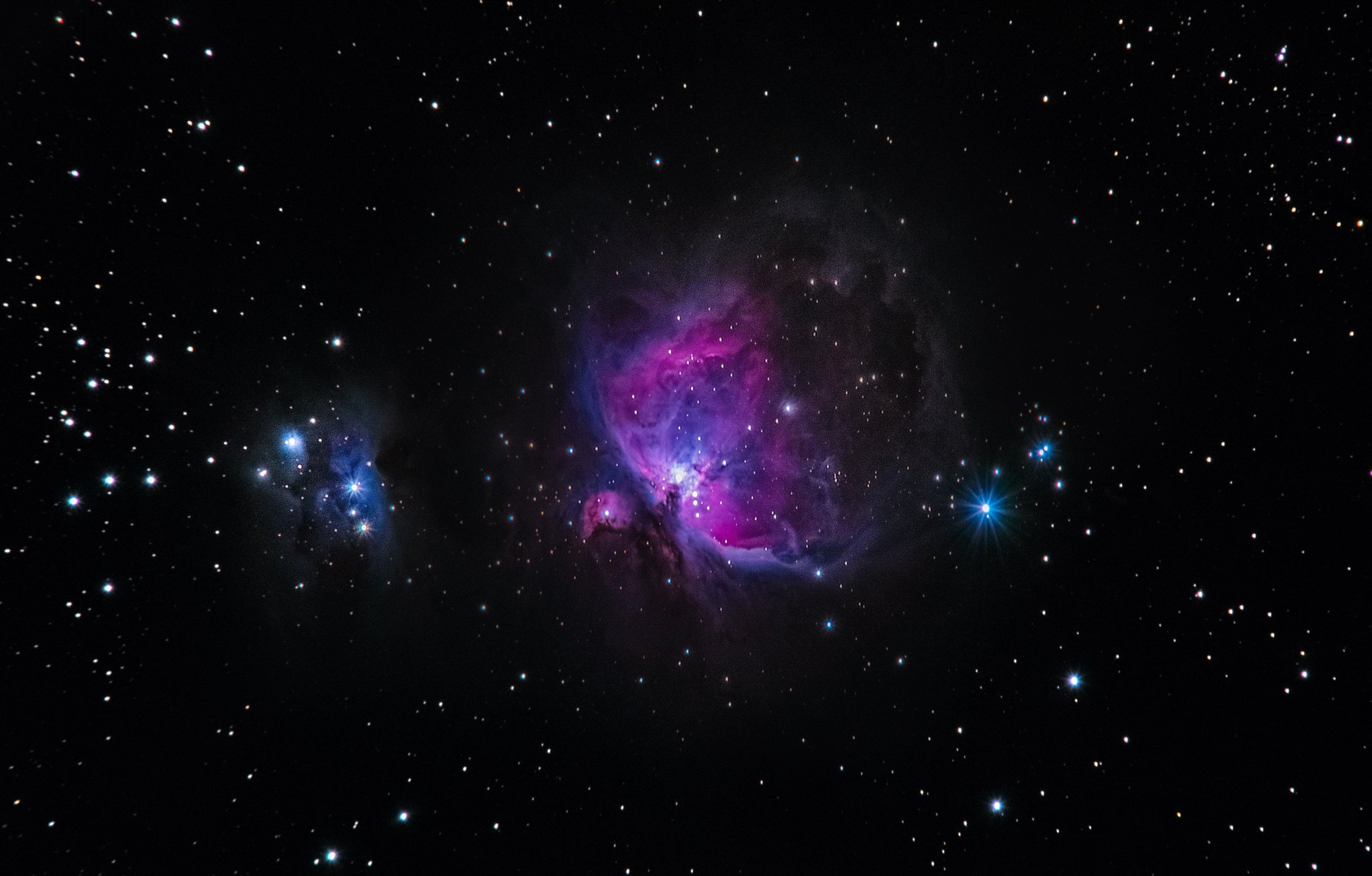High Fantasy vs Low Fantasy: Differences and Examples
Often with the help of a few popular fantasy tropes, a fantasy writer takes us on a journey – to a completely new world or a hidden side of our own world.
And it’s this distinction between familiar and unfamiliar worlds that forms the basis of two fantasy subgenres: high fantasy and low fantasy.
Here we’re going to take a look at the difference between high fantasy and low fantasy. And discover a few excellent examples of each.
What's the difference between high fantasy and low fantasy?
The answer to this question depends on who you ask. There’s a fair bit of disagreement within the writing community as to what key elements separate high fantasy from low fantasy.
Here I’ll start with all of the elements that people might take into account. Then, I’ll explain how I like to tell the difference between high fantasy and low fantasy a little further down the page.
The setting
High fantasy is set in another world (also called a secondary world). Somewhere that feels very different from the world we actually inhabit. It may differ in terms of its people, animals, architecture, technology, culture, belief systems or history.
Low fantasy is set in a primary world that is almost identical to the one we live in. There are elements of myth or magic incorporated into it, but the world is recognisably ours. So a subgenre like magical realism would fit under the low fantasy umbrella.
Some fantasy fiction is easy to categorise. But the high/low line gets a tad hazy when we look at historical or futuristic fantasy fiction.
For example, The Poppy War by R. F. Kuang is a fantasy story set in Ancient China. But the setting is so removed from modern China that readers and writers tend to consider it high fantasy.
Similarly, The Fifth Season by N. K. Jemisin is set on a futuristic Earth. But this planet is so different from the one we know that the story earns a high fantasy classification.
It can also be difficult to categorise books that move between primary and secondary worlds. Take The Chronicles of Narnia, for example. The children start off in a world exactly like ours. But then venture through the wardrobe to a world that is very different.
The stakes
High fantasy is sometimes equated with high stakes.
So if you’re writing an epic story about good and evil, about a world under threat from dark forces, or a hero destined to sacrifice their self-interest for the greater good, chances are you’re writing a high fantasy narrative.
Low fantasy tends to take a narrower view. These types of stories are often character-driven, with a focus on how magic affects an individual and their immediate circle, rather than an entire society.
The stakes may be high for your character. They’ll probably make some difficult choices about their own life. But those choices don’t impact the world they live in on a grand scale.
The way the setting and the stakes of a novel interact is another bone of contention.
Some would argue that a book with low stakes can’t be classed as high fantasy, even if it’s set in another world. So that would put a cosy fantasy, like Legends and Lattes by Travis Baldree, into the low fantasy category.
The level of magic
Another way some people like to tell high fantasy and low fantasy apart is the level of magic a story involves.
Both high and low fantasy involve some kind of magic. There may be a magic system, fantastical creatures or supernatural powers at play.
But in high fantasy, there’s lots of magic. It’s often an integral part of society. In low fantasy, there’s less magic. It may be less widespread across the world and hidden from ordinary, non-magical people.
My take on high fantasy vs low fantasy?
As with a lot of things in literature, it’s impossible to fit every story into hard and fast categories. However, for me, setting is the key differentiator between high and low fantasy.
I view high fantasy as any story set in a secondary world. And low fantasy as any story set in a primary world.
When it comes to stakes, as I mentioned above, I consider fantasy stories with higher stakes epic fantasies, rather than high fantasies.
Examples of high fantasy books
Let’s take a look at some examples of high fantasy. If you’ve not already read these books, then I’d definitely recommend putting them on your list.
The Green Bone Saga series by Fonda Lee
The Green Bone Saga series is set on the islands of Kekon. Here, jade is a valuable resource, used to enhance the magical abilities of Green Bone warriors.
The Cosmere Works by Brandon Sanderson
Brandon Sanderson has created a vast universe called the Cosmere, in which he sets the majority of his fantasy works, including several series and standalones. Throughout the Cosmere, a battle between good and evil rages.
The First Law Trilogy by Joe Abercrombie
Joe Abercrombie had created a murky secondary world, full of corruption and violence. Mages possess magical powers. There are demons and monsters. And characters are engaged in a morally ambiguous war.
The Burning series by Evan Winter
Another epic fantasy, The Burning series is based in a magical world that takes inspiration from African cultures. Some people in this world are born with the Gift and have magical or superhuman abilities.
Examples of low fantasy books
Now for some low fantasy examples, all set in worlds that very much resemble our own.
The Rivers of London series by Ben Aaronovitch
This series is set in London. And it follows the adventures of a young police officer who discovers a hidden world of magic and fantastical creatures, including ghosts, vampires and werewolves.
Ninth House by Leigh Bardugo
Ninth House is set at Yale University. But not as we know it. Alex Stern, a new student, is drawn into Yale’s secret societies, where she discovers occult rituals and supernatural forces.
The Green Mile by Stephen King
Cold Mountain Penitentiary is like any real-world American prison. Except one of the convicts kept there has magical abilities.
Neverwhere by Neil Gaiman
Another low fantasy set in London, Neverwhere follows the story of Richard Mayhew, an ordinary man who discovers a hidden side to the city. London Below is home to fantastical creatures and people with magical powers.
High fantasy vs low fantasy: which should you choose for your story?
Some people would argue otherwise, but I think that, whether you’re writing a high fantasy or a low fantasy, you can incorporate as many fantastical elements as you see fit. And you can make a story as epic or understated as you like too.
So your decision about which type of fantasy subgenre to write comes down to your preferred setting.
In a low fantasy, you’re inevitably limited by the realities of your primary world. But working within these limitations can feel like part of the fun. You get to explore how magical elements interact with a world we already know.
High fantasy can be challenging. You’re creating a new world from scratch, which means establishing (at least in your own mind) how people, places and cultures operate.
However, this is also what makes writing high fantasy so exciting. You have much greater freedom in your world-building and the opportunity to imagine something completely unique. It also likely means creating your own map!
Want to know if your fantasy world has the power to captivate a reader? Then let me read and comment on your narrative, helping you to get the larger elements of your story in place.
Take a look at my Manuscript Assessment service to find out more.


